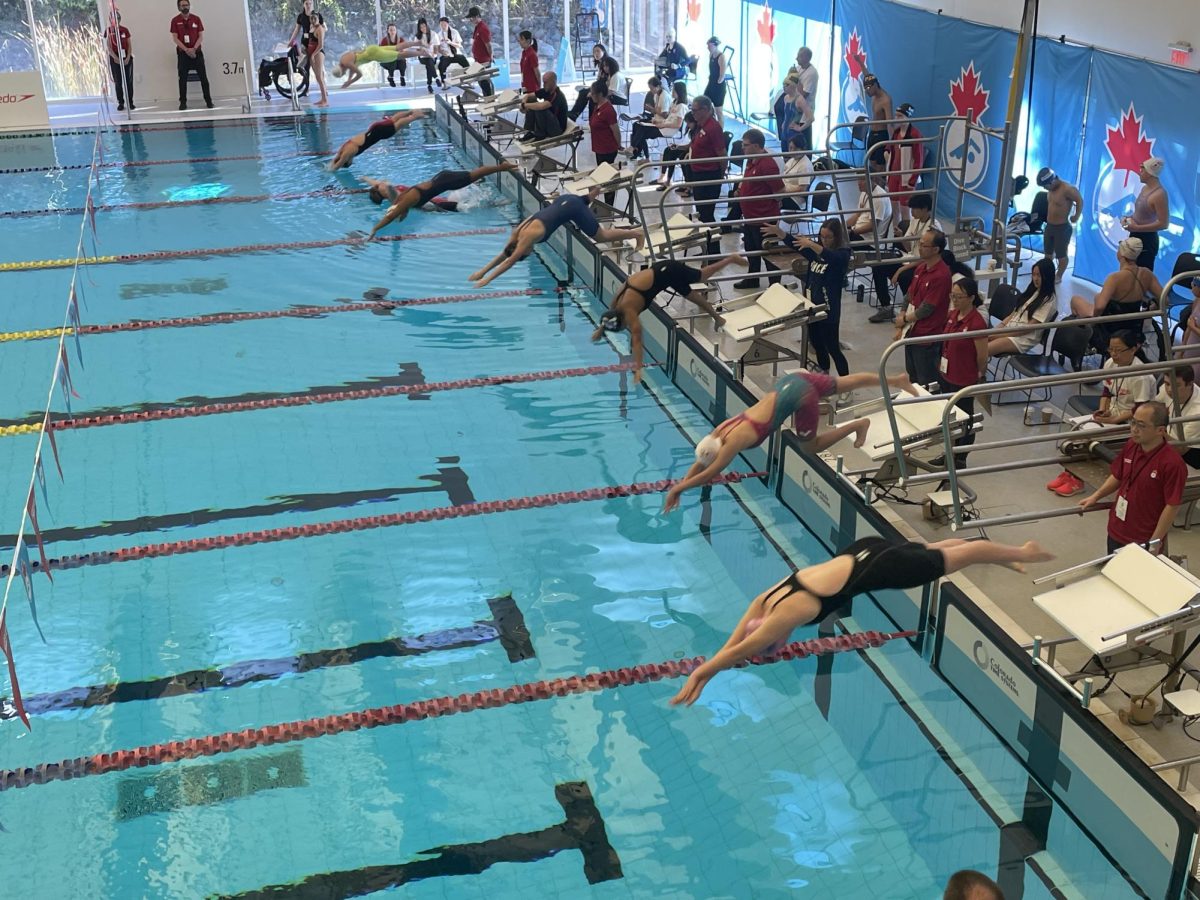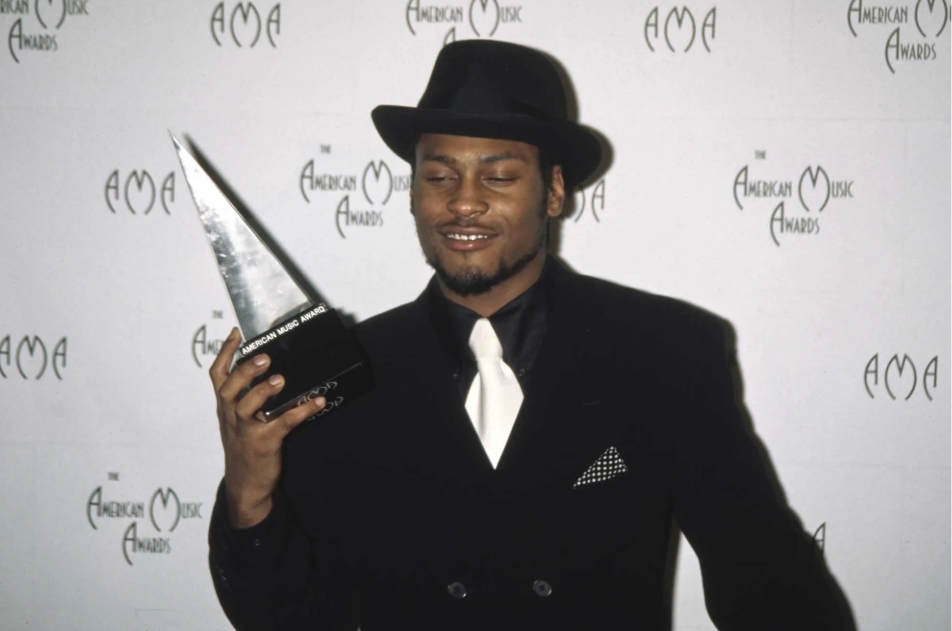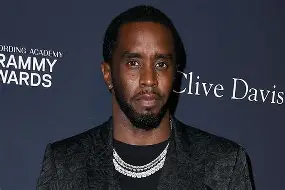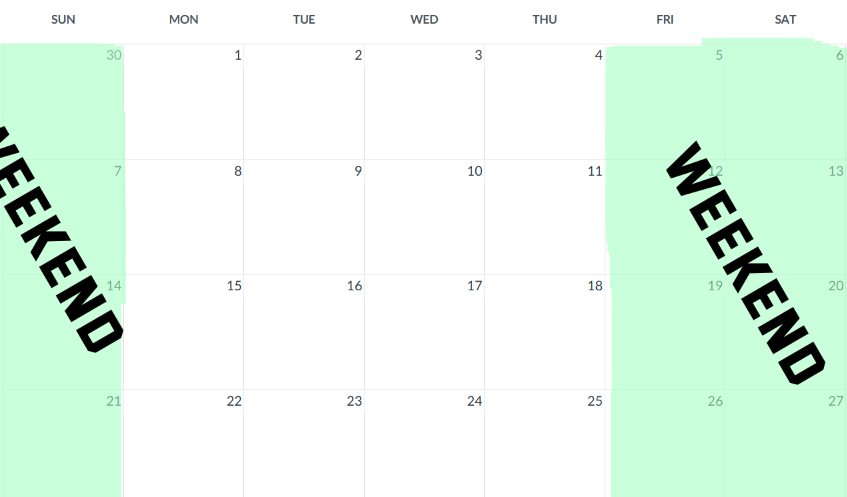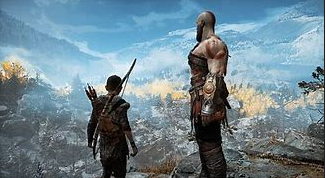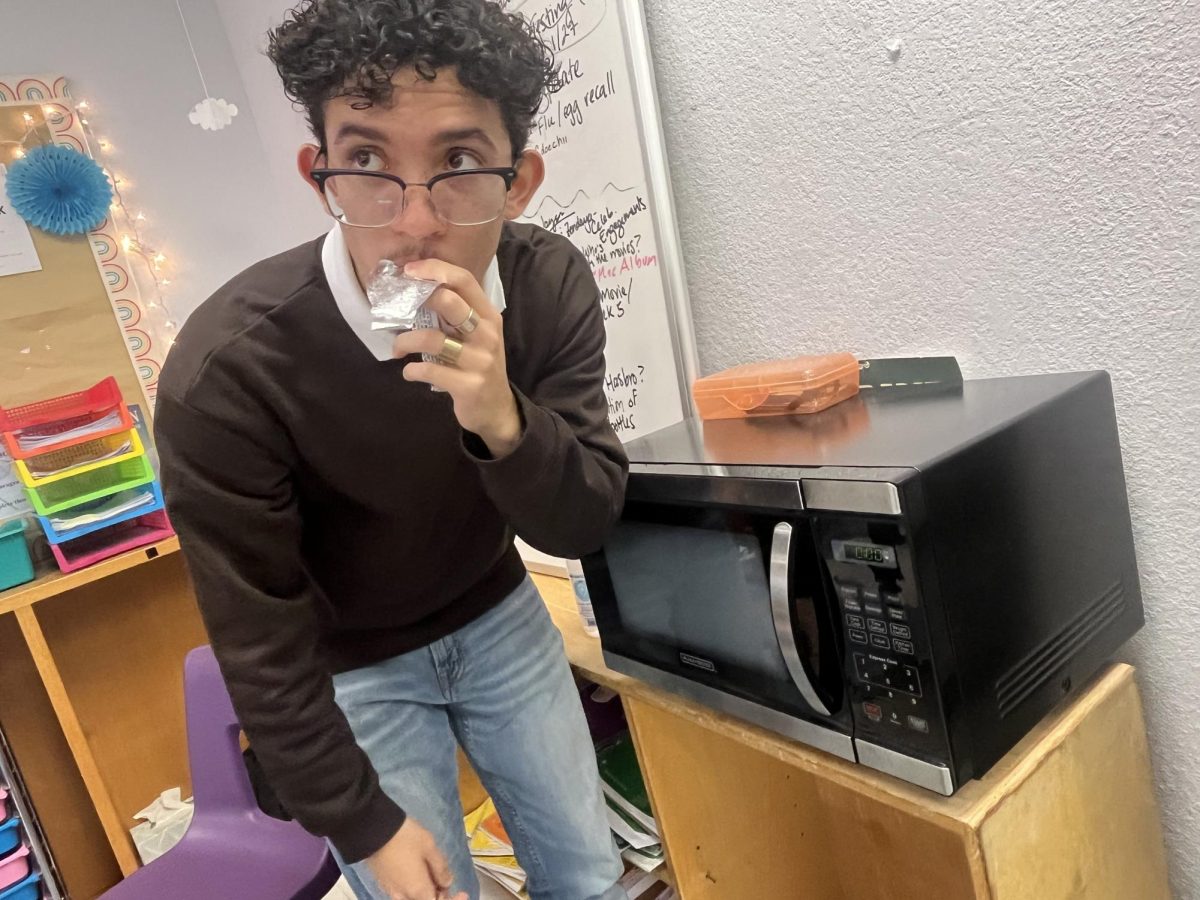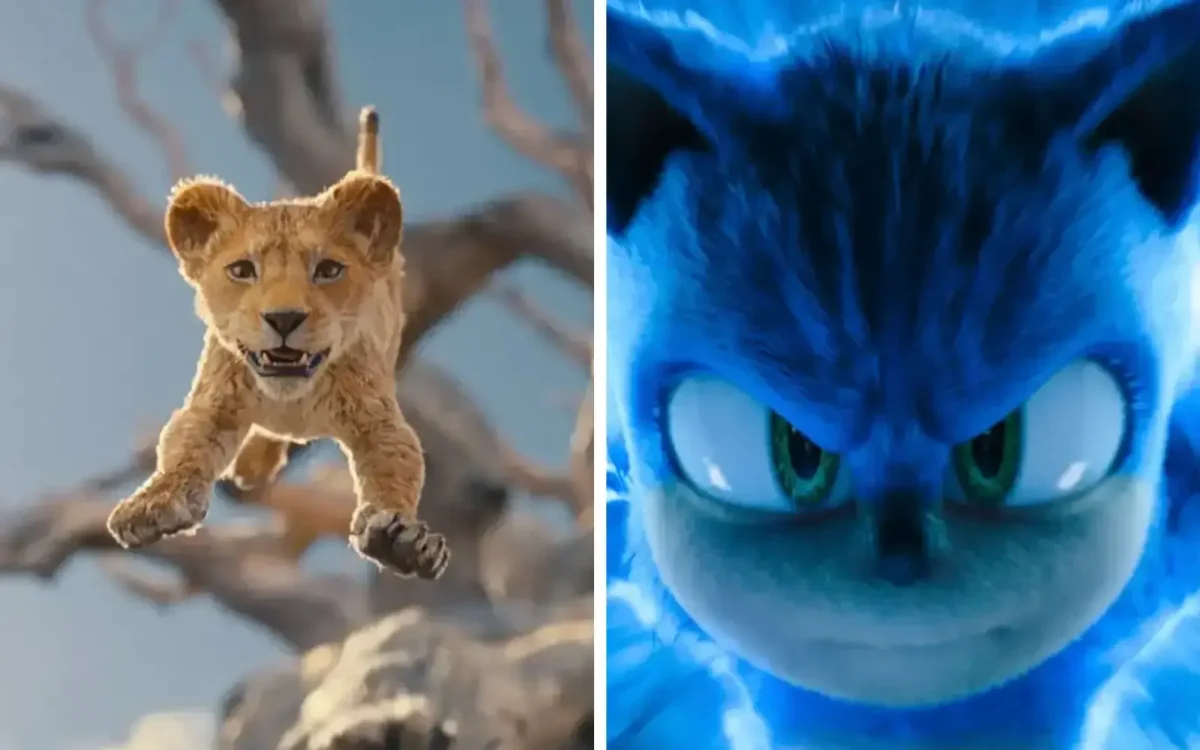Para swimming events aren’t something that many people know a lot about- if they know that they exist at all. Even when I was starting out, I didn’t know how to navigate the complex inner workings of the para world. I had to learn during the pandemic, alone on the pool deck, without my coach or friends. Though the introduction was rough, it gave me the skills and knowledge to be an independent athlete and work my way up to be in more national meets. For example, fresh off the high of the Santiago 2023 Parapan American Games, the Ken Demchuk was an international meet held in the city of Surrey, British Columbia at the beginning of December.
In the world of para swimming, physical disabilities are classified from S1-S10, 1 being the most impaired while 10 being the least. Visual impairments are classified S11-S13 in a similar fashion, while S14 is reserved for intellectual impairments- which should not be confused with Special Olympics. The classification levels the playing field for athletes to compete. Finally, there are different time standards to be in the emerging team, then the national C team, B team, and at the very top, the A team.
The biggest obstacle for me has been the lack of an international classification. The U.S. is only allowed a certain number of spots for athletes for this, which allows swimmers to participate in meets outside the country and in finals at national meets. However, during COVID, the entire process shut down for the most part. I have been waiting for international classification for two years, and at the Ken Demchuk meet, only four other U.S. swimmers were classified. Among those U.S. athletes was Lucas Culotta (16), Casey Freeman (16), Aaron Thomas (17), and Aiden Stivers (16).
This was my first ever glimpse into an international meet, and there were swimmers from all over Canada, Australia, America, Mexico, and Ireland, a few of which I had the opportunity to talk to. Even in world level competitions, the atmosphere was encouraging and friendly, sportsmanship being one of most important aspects of being an athlete.
“The experience has been delightful. I had my international classification, and I was so happy about it. The times haven’t been as I would like but my mistakes will allow me to improve for the next meet! Looking forward to world para series in Australia,” said Jean Paul Trithard Godfroy (20), representing Mexico.
Another athlete I met, Canadian swimmer Catherine McCurrach, said that it was her first para meet, as well as her first international one. She had been nervous at the beginning, saying that “…I was expecting everything to be very different from how an able-bodied meet would run, but I was completely differed to how I imagined, everyone was supportive, and it felt completely normal for a para swimmer, unlike the clear separation between able bodied and para [swimmers] at other meets… never have I felt that I belonged in swimming more than I did at Ken Demchuk. It had made me more confident as an athlete and para swimmer.”
Catherine said that when she saw Aurelie Rivard, a Canadian 10x Paralympic medalist, she was absolutely star struck. “She was very kind and asked me about my races. Since we were both S10’s, she was happy to chat with me. I was able to make friends from the USA, Mexico, Uganda, and Australia.”
Numerous Canadian records were broken each day, six swimmers producing eight record-breaking times alone on the final night of the three-day meet. Lucas Culotta made the emerging team for men’s 100m freestyle for S8’s in finals with a time of 1:06.5, and that same night, I also made the emerging team for the women’s 100m freestyle for S9’s with a time of 1:12.85. The Ken Demchuk meet was a great introduction into international para swimming, and I know that it’s only a steppingstone in many athlete’s journeys- including mine.

